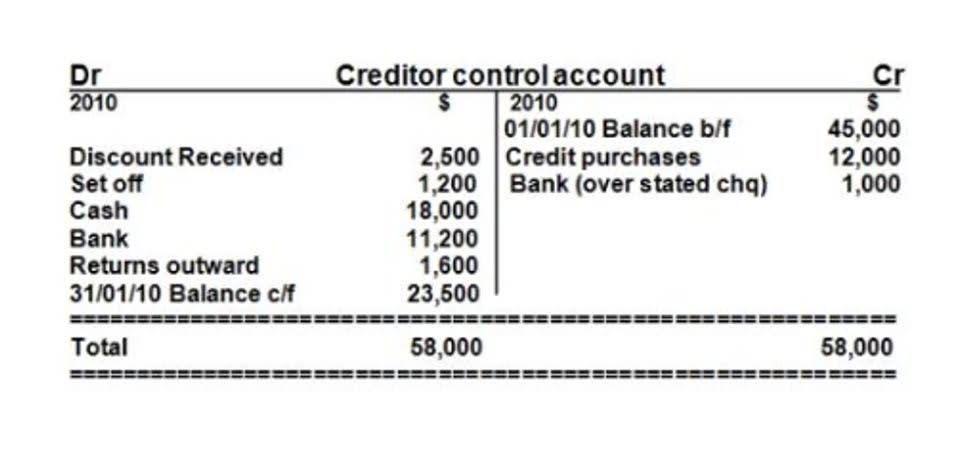
After reaching a conclusion, the institution should inform the consumer of the findings and correct the error immediately if it is confirmed. If no error is found, the provisional credit may be reversed, but only after the consumer receives a written explanation and access to the evidence used in the decision. Second, a straightforward process for reporting lost or stolen access devices should be provided to users. Financial institutions are required to provide 24/7 access to support lines or digital tools that allow quick reporting, which is crucial for minimizing losses.
Electronic Fund Transfer Act
Electronic fund transfers eliminate the need for paper transactions, including paper checks. EFT (Electronic Funds Transfer) and bank transfers sound similar, but there’s more to it. EFT is a broad term that covers any kind of digital transaction QuickBooks ProAdvisor where money moves from one account to another. This includes things like direct deposits, online bill payments, ATM withdrawals, and wire transfers. A bank transfer, however, is a specific type of EFT where money is transferred between bank accounts—either within the same bank or between different ones.

The convenience of anytime, anywhere transactions
An example of an EFT is when your company uses direct deposit to send your paycheck into your bank account. Instead of giving you https://brawlstars.pk/bookkeeping-services-in-seattle-wa-by-bench/ a physical check, the employer transfers the funds electronically from their bank to the employee’s account. This method is efficient, secure, and eliminates the need for manual deposits. Other common examples of EFT include online bill payments, ACH transfers, and debit card transactions. An electronic funds transfer (EFT), or direct deposit, is a digital money movement from one bank account to another. EFT has become a predominant method of money transfer since it is a simple, accessible, and direct payment or transfer of funds.

How Does An EFT (Electronic Funds Transfer) Work For International Transactions?
This makes them a useful method for sending money overseas as well as locally. Emerging technologies are expected to significantly shape the future of electronic fund transfers, making transactions faster and more efficient. Innovations such as blockchain and distributed ledger technology are likely to increase transparency and reduce settlement times. Fraud and cyber threats are ongoing concerns in electronic fund transfers. Cybercriminals frequently target E-transfer systems through phishing, hacking, or malware to commit fraud, jeopardizing sensitive financial information. Additionally, financial institutions provide customer support and dispute resolution services.

Wire transfers
- An example of an EFT is when your company uses direct deposit to send your paycheck into your bank account.
- EFTs can be a one-time payment such as buying a pair of sneakers, or they can be recurring transactions such as a biweekly payroll deposit.
- Banks in particular can be quite expensive, with margins of anything between 3% and 6%.
- Additionally, EFT payments can often be traced more quickly than other types of payments if there is an issue with the transaction.
- MFA combines something users know (password), have (security token), or are (biometric data) to strengthen security and reduce fraud risk.
- If a consumer believes an error has occurred, they must notify their financial institution within 60 days.
This process does the same as the above, processing an approval for payment and then transferring funds for payment within a couple of days. Direct deposit automatically deposits funds into an account with little to no paperwork. While the automatic deposit requires almost no work regularly, the deposit needs to be set up, and this requires bank account information for the recipient, among other potential information for entry. Remitly is on a mission to make international money transfers faster, easier, more transparent, and more affordable.
What Makes an Electronic Funds Transfer (EFT) Different From a Typical Credit Purchase?
Again, these risks are totally gone with an EFT solution, like a credit card.EFT’s established safety is one of the best benefits. Besides cost, secure business establishes entities as trustworthy, resulting in repeat sales and long-term relationships. Whenever customers use a credit or debit card to purchase or pay a bill, the action is processed as an electronic funds transfer. Whether the transaction is in person or online, the transfer of money is completely electronic. For example, when making an online payment, a payment gateway captures your card information before sending it to the what is electronic funds transfer card’s payment processor to complete the transaction.

In the European Union (EU), electronic SEPA (Single Area Euro Payments) using debit and credit transfers are a type of global ACH payment that are EFT payments. A one-time EFT payment is a single electronic funds transfer not set up as part of a recurring payment schedule. The EFTA protects consumers in case of errors or unauthorised transactions. If a consumer believes an error has occurred, they must notify their financial institution within 60 days.
